Neuroscience

Neurotransmitter receptors function via various G-protein coupled and G-protein independent mechanisms that activate downstream intracellular signaling pathways such as cAMP/PKA, PI3K/AKT, phospholipase A2, and phospholipase C pathways. For instance, dopamine receptors act through adenylate cyclase to activate PKA and other signaling molecules, thereby mediate gene expression through the actions of CREB and other transcription factors. Other neurotransmitters such as NMDAR or AMPAR are associated with ion channels that control flux of Ca2+ and Na+, thus propagating the action potential across the post-synaptic neuron.
Dysfunctions in GABAergic/glutamatergic/serotonergic/dopaminergic pathways result in a broad range of neurological disorders such as chronic pain, neurodegenerative diseases, and insomnia, as well as mental disorders including schizophrenia, bipolar disorder, depression, and addiction.
-
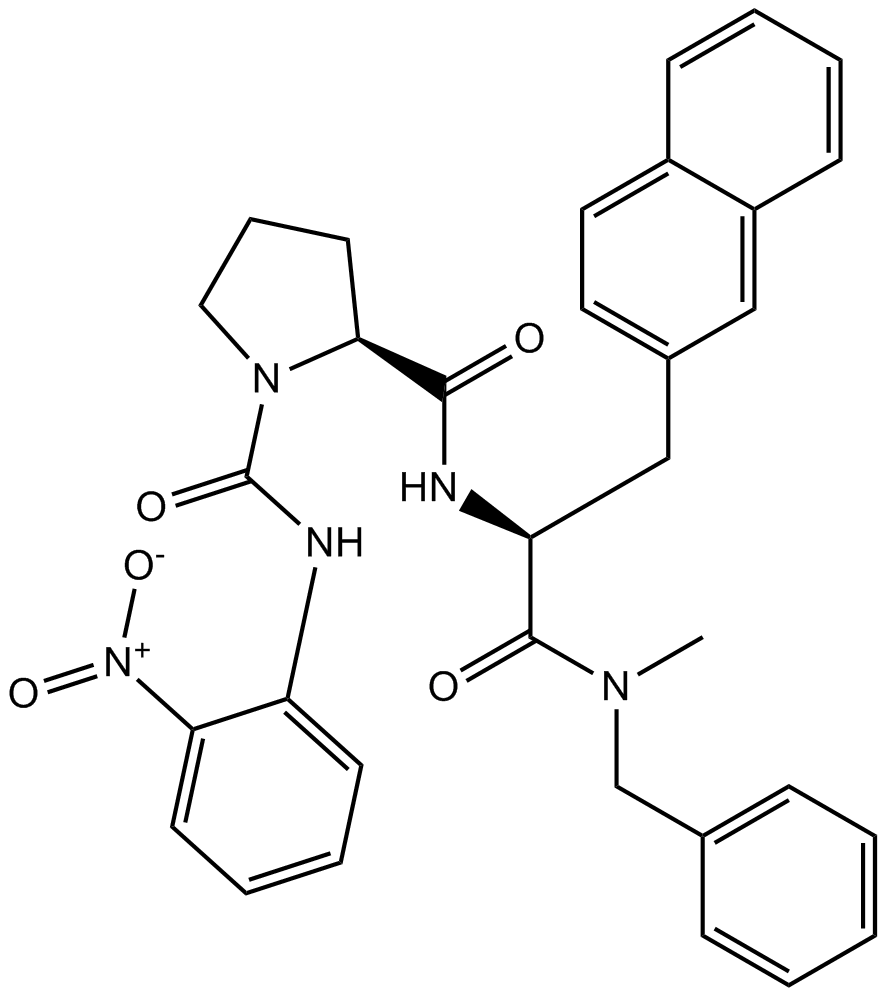 B7039 SDZ NKT 343Summary: human tachykinin NK1 receptor antagonist
B7039 SDZ NKT 343Summary: human tachykinin NK1 receptor antagonist -
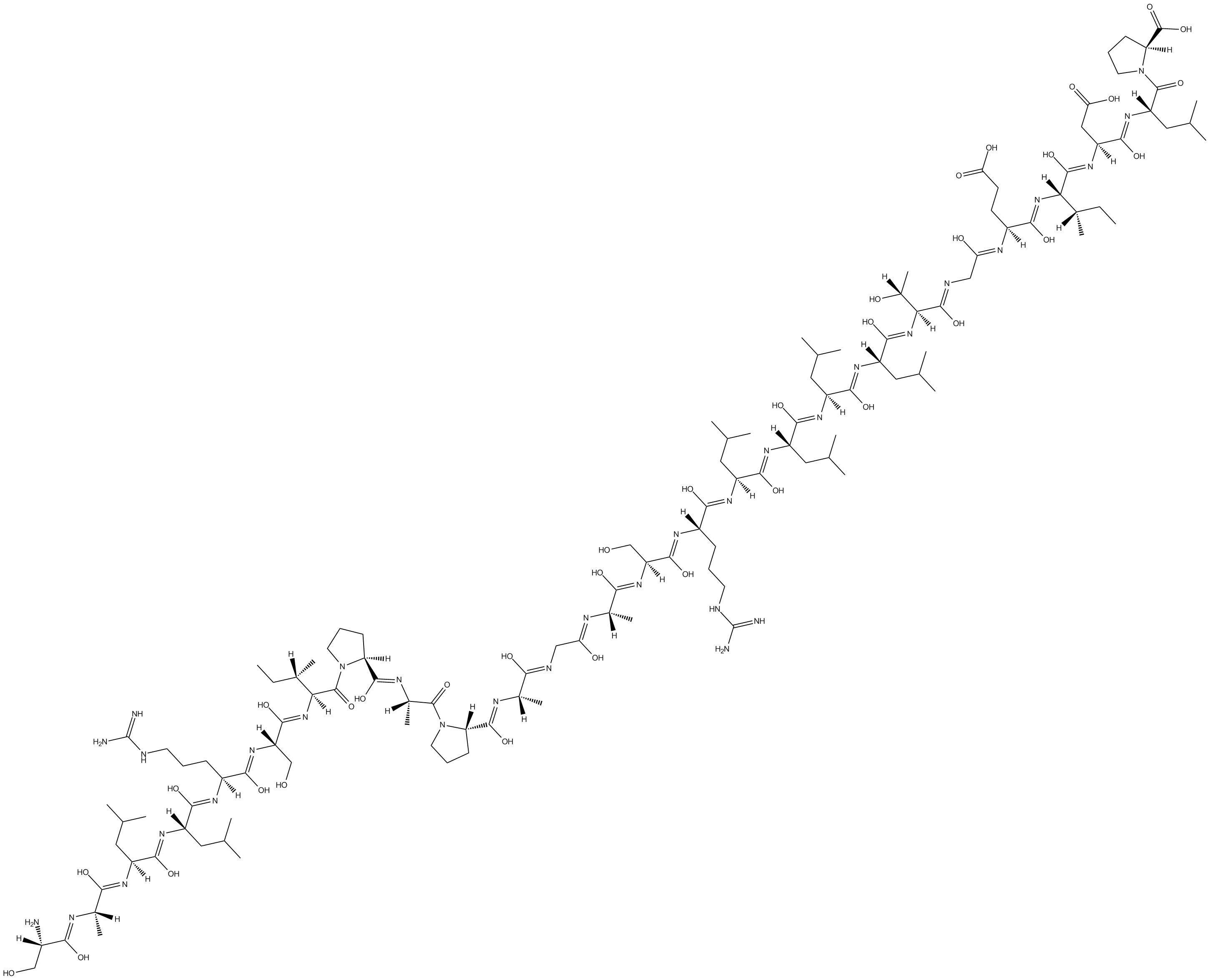 B7546 ColivelinTarget: STATSummary: A neuroprotective peptide and activator of STAT3
B7546 ColivelinTarget: STATSummary: A neuroprotective peptide and activator of STAT3 -
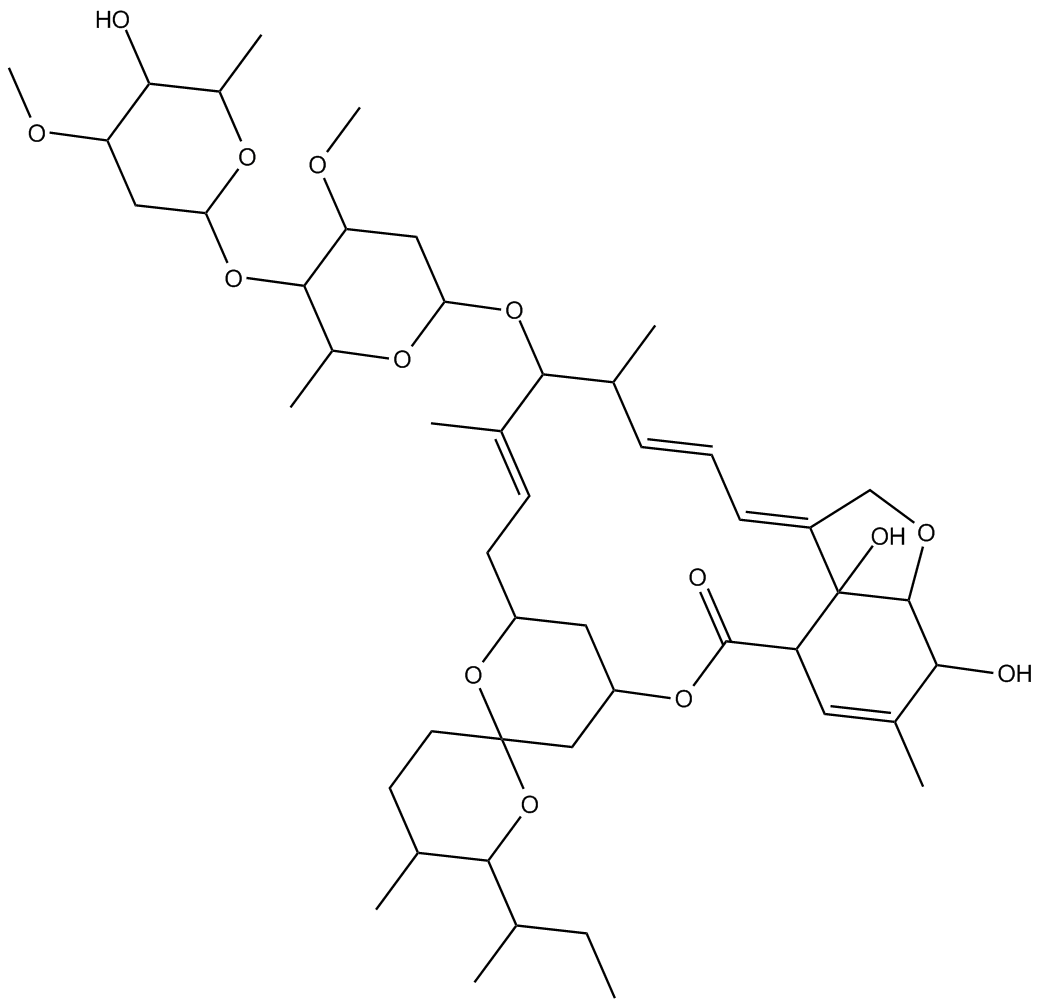 B5812 Ivermectin B1a-d2Summary: Deuterated ivermectin B1a
B5812 Ivermectin B1a-d2Summary: Deuterated ivermectin B1a -
 B6338 W-84 dibromideSummary: M2-receptor selective modulator
B6338 W-84 dibromideSummary: M2-receptor selective modulator -
 A3569 LY 344864Summary: 5-HT1F receptor agonist,potent and selective
A3569 LY 344864Summary: 5-HT1F receptor agonist,potent and selective -
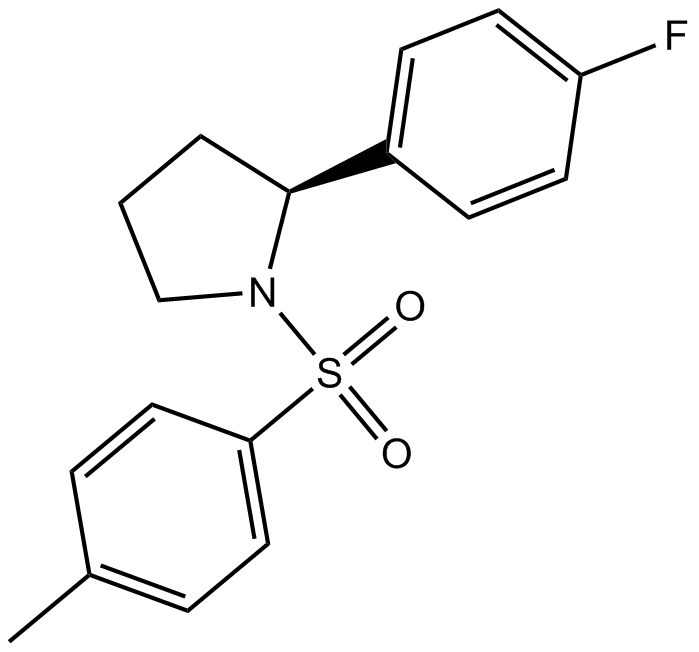 B5560 Ro 67-7476Summary: positive allosteric modulator of mGlu1 receptors
B5560 Ro 67-7476Summary: positive allosteric modulator of mGlu1 receptors -
 B5708 SIB 1553A hydrochlorideSummary: nicotinic acetylcholine receptor (nAChR) agonist
B5708 SIB 1553A hydrochlorideSummary: nicotinic acetylcholine receptor (nAChR) agonist -
![[Ser25] Protein Kinase C (19-31)](/pub/media/prod_images/a/1/a1033.png) A1033 [Ser25] Protein Kinase C (19-31)Summary: PKC substrate
A1033 [Ser25] Protein Kinase C (19-31)Summary: PKC substrate -
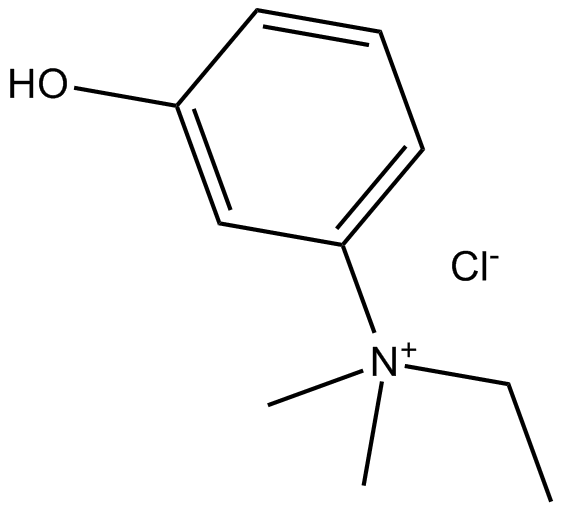 C4140 Edrophonium (chloride)Summary: acetylcholinesterase (AChE) inhibitor
C4140 Edrophonium (chloride)Summary: acetylcholinesterase (AChE) inhibitor -
 B1033 (R)-(+)-TolterodineSummary: Muscarinic receptor antagonists
B1033 (R)-(+)-TolterodineSummary: Muscarinic receptor antagonists

